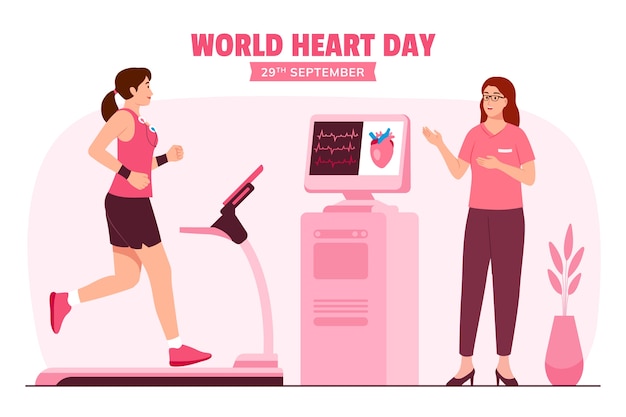Discover how strength training with free weights or machines can support hormonal balance, insulin sensitivity, and long-term motivation in PCOS management.

Polycystic Ovary Syndrome (PCOS) affects millions of women worldwide, often leading to insulin resistance, weight gain, hormonal imbalances, and reduced energy. While nutrition and medication play vital roles, exercise—particularly strength training—is a powerful, science-backed tool for managing symptoms.
Strength training improves insulin sensitivity, supports lean muscle mass, and helps regulate menstrual cycles. But when it comes to choosing equipment, many women with PCOS wonder: should they use free weights or machines?
Free weights—dumbbells, barbells, and kettlebells—require more coordination and engage stabilizing muscles. This functional approach mimics real-life movements and can lead to greater overall muscle activation.
For women with PCOS, this means improved metabolic rate and better glucose control. Because free weights recruit more muscle fibers per movement, they can enhance calorie burn even after the workout (EPOC effect).
However, proper form is crucial. Without guidance, improper technique can lead to injury—especially for beginners. Start with lighter weights and focus on mastering movement patterns.

Weight machines offer a guided range of motion, making them ideal for beginners or those managing joint pain or fatigue—common issues in PCOS. The controlled path reduces the risk of injury and allows focused muscle isolation.
Machines are excellent for building confidence and consistency. They make it easier to track progress—adjust the weight stack and monitor increases over time. This can be highly motivating for those managing PCOS, where progress may feel slow.
While machines may not engage stabilizers as much as free weights, they still build strength and support metabolic health when used consistently.
Spoiler: It’s not about choosing one over the other—it’s about using both strategically.
Research shows both free weights and machines improve strength, body composition, and insulin sensitivity. The best approach for PCOS is one that supports long-term adherence, accommodates energy fluctuations, and reduces stress.
Free weights offer greater functional benefits and metabolic demand, while machines provide safety and structure. A balanced routine combining both can optimize results.
Motivation can wane, especially when PCOS symptoms fluctuate. Use these cues to stay on track:
Whether you choose free weights, machines, or a mix of both, the best routine is the one you can stick with. For women with PCOS, consistency trumps intensity. Strength training isn’t just about building muscle—it’s about reclaiming energy, balance, and confidence.
By understanding your body’s needs, tracking progress mindfully, and staying motivated with realistic cues, you can create a sustainable fitness journey that supports your hormonal health for the long term.

Wellness

Wellness

Wellness

Wellness

Wellness

Health

Health

Fitness

Fitness

Fitness

Wellness

Wellness

Health

Fitness

Health

Health